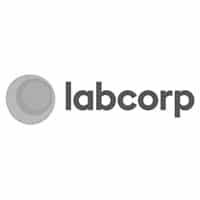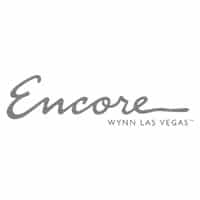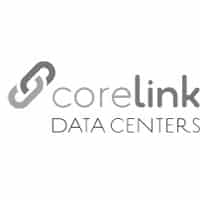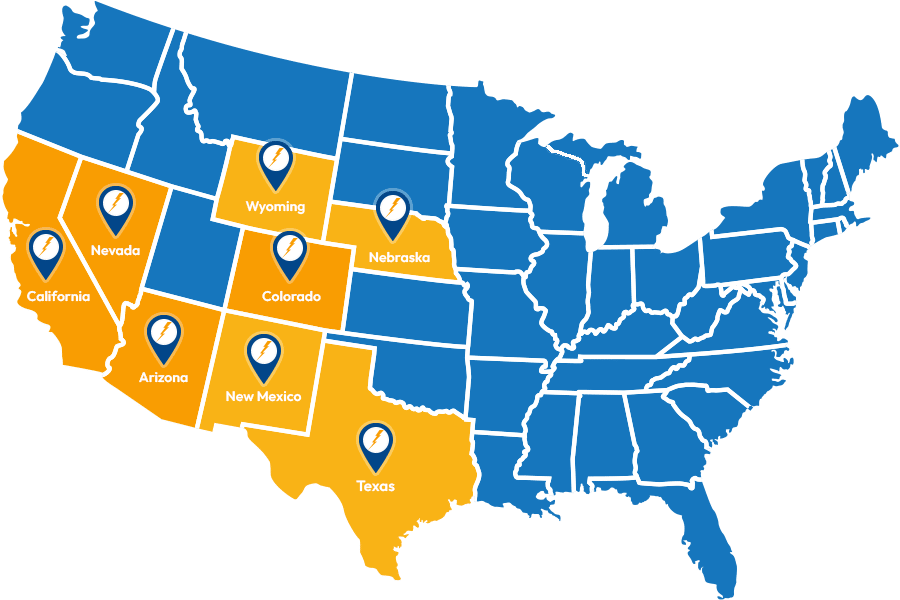Just because a notion has been around for a long time doesn’t guarantee that the idea is true. Unfortunately, this is the case with many of the ideas that affect the way data centers measure, use, and conserve power. The most common myths regarding data center power protection are guilty of leading to increased spending and reduced efficiency. Here are ten of the most common myths and some clarifications:
- 1. Utility Power Is a Clean, Dependable Source of Energy
The truth is the actual voltage of electrical power can vary quite a bit. According to current U.S. laws, the amount of voltage can vary between 5.7 and 8.3 percent. A data center manager may believe that the facility is receiving 208-phase voltage, but the actual number could actually range between 191 and 220 volts. This type of utility power is also prone to power outages. The potential is that a data center might suffer from a power outage up to nine hours every year.
A good solution to this problem is to develop a Combined Heat and Power facility to improve the quality of data center power and increase dependability.
- 2. Brief Power Outages Aren’t a Problem
Experienced IT professionals understand the significant risks that power outages pose, even if the power is only out for less than a second. That brief interruption make IT equipment unavailable for a much longer period of time – maybe even stretching into days. During this time, the data center can lose system integrity and be at risk for significant financial losses.
Data centers generally have a backup plan in place from the very beginning. Redundancy in power supply and a dependable power source are two factors that can help prevent outages. An uninterruptible power system (UPS) may be another valid solution.
- 3. The Data Center Is Protected Well Enough by a Single Backup Power Supply
While it may be true that a backup power generator is a critical element of protecting the center from power outages, this one source of power is not enough. In that brief moment when the power flickers off before switching to the generator, damages could occur and hours of productivity could be lost to the reboot cycles. Another scenario involves the UPS without a generator. Any extended loss of power could put the data center at risk once the batteries of the UPS run down. The clear solution to this problem is to maintain both the generator and the UPS.
UPS Myths
Several myths relate directly to the UPS of the data center:
- 4. Every UPS has the same battery runtime and service life.
- 5. The UPS load doesn’t affect efficiency.
- 6. A working UPS doesn’t need servicing.
There are a few other similar, but misguided, ideas surrounding the use of the UPS. Too many data center managers develop a false sense of security once the UPS is in place. Instead of getting too comfortable, managers should include the UPS in a bigger backup plan, monitor and service the UPSs consistently, and keep accurate records, such as the capacity of each power bus and how much of that is being used.
- 7. Data Centers Can Afford to Lose a Few Points When It Comes to Energy Efficiency
Sometimes data center managers believe that improving their energy efficiency by just a few points isn’t going to save the center much money. However, modern systems are both energy-efficient and very scalable. This means that replacing older technology with new technology, and gaining those few points, can save the center both kWs of power, thousands of dollars, and reduce the amount of emissions that the center gives off. Look at a 1-MW data center with an aging UPS. A 10-year-old UPS might waste at least 120 kW while also adding unnecessary heat to the facility. Replacing that system with new UPSs will recover the power, reduce the wear and tear on cooling systems, and reduce costs and emissions.
- 8. Power Usage Effectiveness (PUE) Is An Ineffective Measure of Efficiency
The most common objectives to using PUE for the data center is that measuring power usage can be difficult. In fact, there is more than one way to obtain these measurements. Most data centers resort to measuring just a few points (possibly the servers and the UPSs) without measuring the amount of power consumed by cooling and/or distribution losses. In order to keep PUE numbers low (about 1.0), measurements must be taken.
- 9. If Low Temperatures Are Good, Even Lower Temperatures Must Be Better
Data center managers closely monitor the temperature of the center. The equipment, hardware, and technology should be used within a specific temperature range; otherwise the hardware could fail altogether. However, when the temperatures fall too low, there are no further savings, no increased efficiency, and no prolonged life. By reducing the temperatures beyond the recommended point, data center managers are simply wasting money.
- 10. The Use of Solid-State Disks (SSDs) Can Reduce the Consumption of Power
This myth came about because the SSDs do consume less power than a traditional hard disk. However, the SSDs also have a maximum draw that falls right around 10 watts. With this in mind, the 15,000 rpm drive uses a great deal less power than the 4 watts of the SSD. It is also important to remember that the disks cost much more per gigabyte (10 times more), making it hard to justify their purchase.
Instead, IT managers should choose to maintain and up-date their other equipment to improve efficiency.
Investments and Rewards
Data centers, just as any other business, invest a great deal in the power needed to remain operational. Anything that puts that power at risk might undermine the well-being of the entire center. With efficient UPS hardware, redundancy in the backup plan, and careful record-keeping, data center managers should be able to avoid these popular myths and operate a successful center.




























